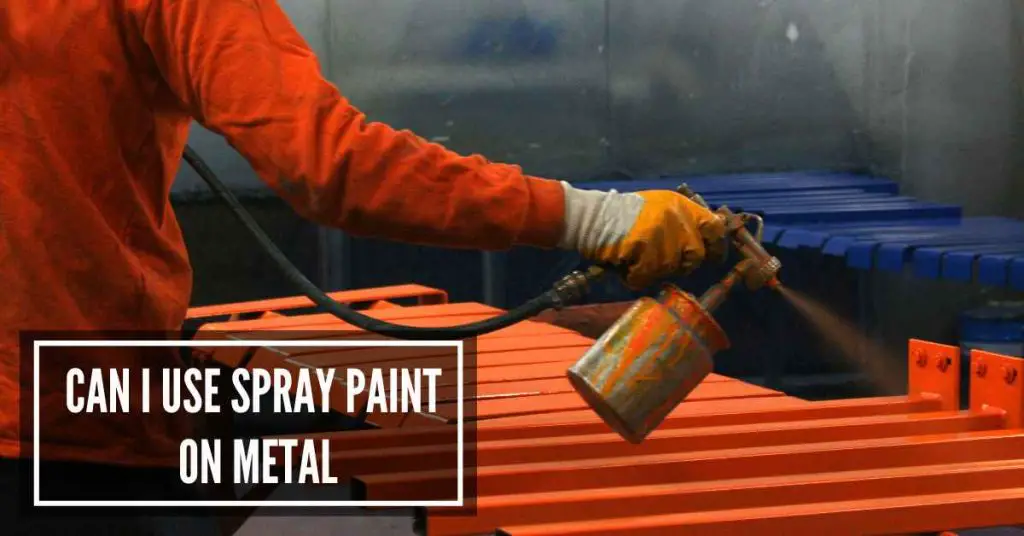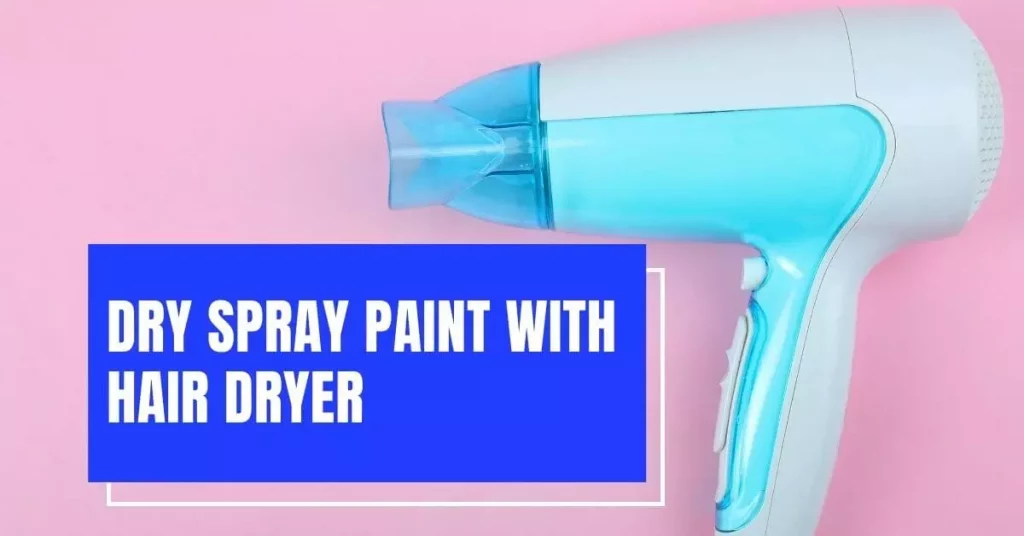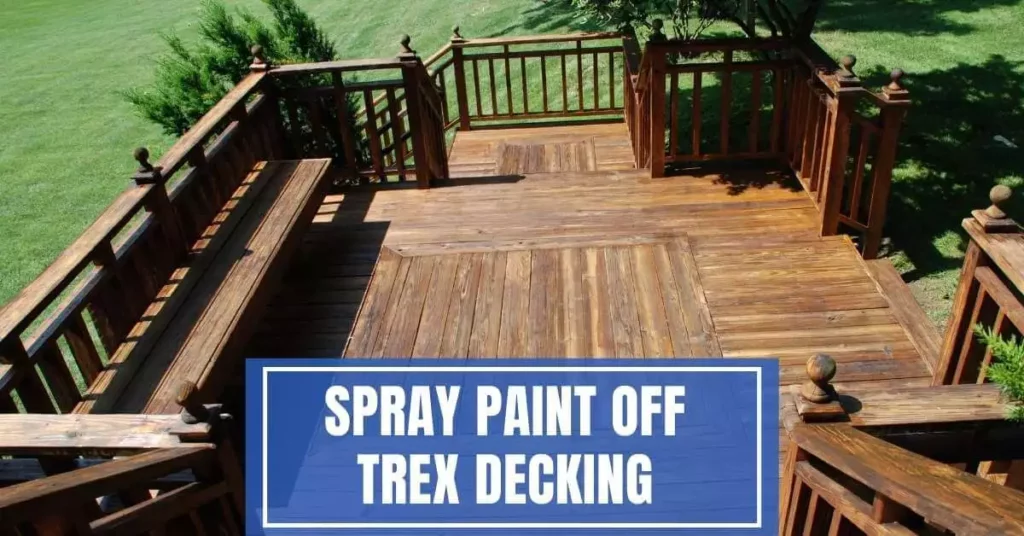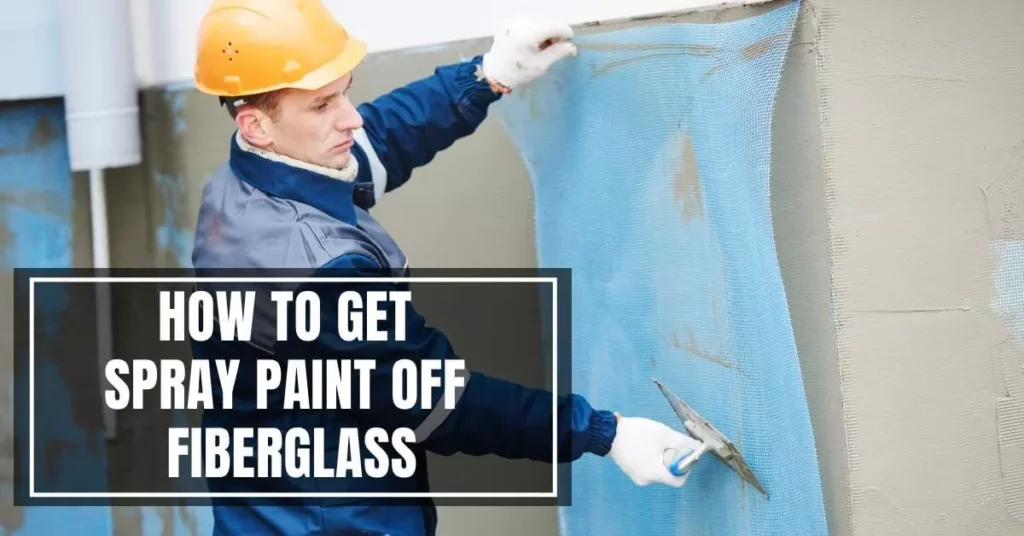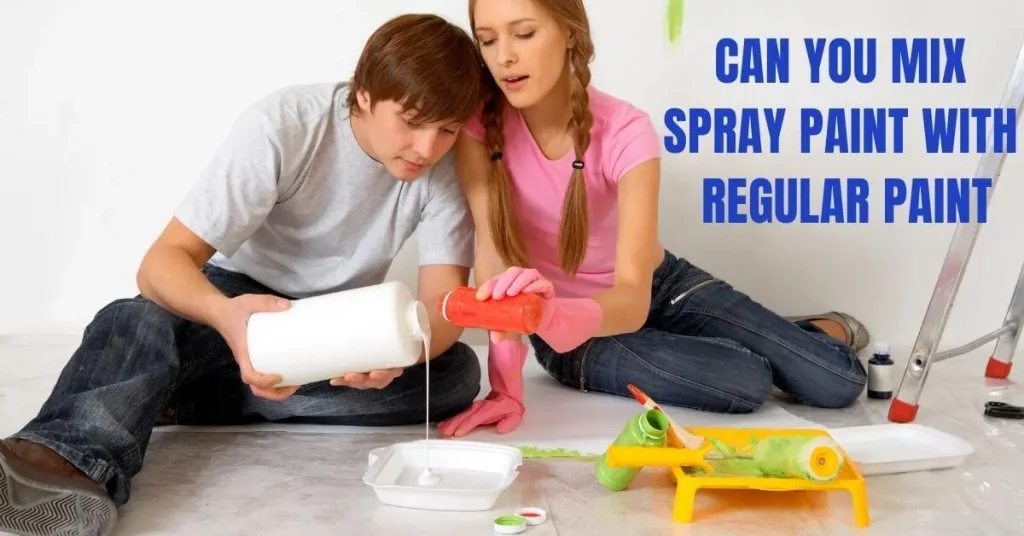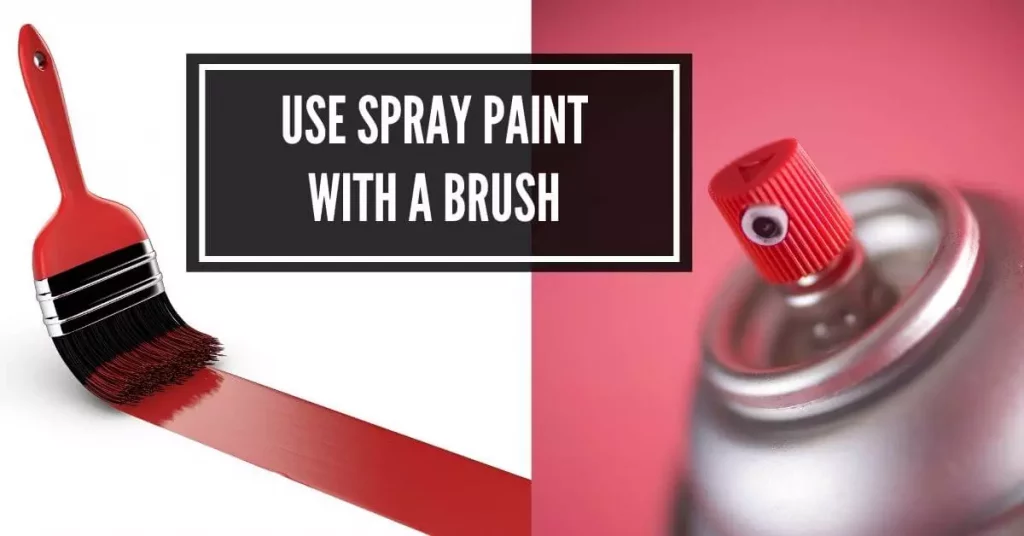Spray paint is a popular and cost-effective way to change the color of metal objects. Even though using spray paint on metal can be tricky, there are several factors to consider before picking up a can of spray paint.
Table of Contents
What Is Metal Spray Paint?
Metal spray paint is a type of paint that adheres specifically to metal surfaces. It is a quick and easy way to transform the look of your metal objects, providing an added layer of protection against rust and corrosion.
Metal spray paint comes in various finishes, including matte, gloss, and metallic. It can be used on a wide range of metal surfaces, such as aluminum, steel, and copper.
When I was a teenager, I was always looking for ways to make my room feel more personal and unique. One day, I came across a set of old metal lockers that someone had thrown out. I knew I had to have them, but they were rust-covered and looked pretty beat up. That’s when I discovered metal spray paint.
I chose a bright yellow color and spent a whole afternoon sanding the lockers and applying the spray paint. The result was amazing! The lockers looked brand new, and the yellow made them stand out in my room. From that moment on, I was hooked on spray painting. I started experimenting with different colors and finishes, and before I knew it, I had transformed my entire room. Spray painting is a fun and easy way to update your space, and I highly recommend trying it!
Can I Use Spray Paint on Metal?
Yes, you can use spray paint on metal. It can give a fresh and new look without spending much money. It is one of the most durable spray paint for metal available in the market and can be used to refresh an old bicycle, restore a rusty gate, or add some shine to a metal lamp. It comes in various colors, finishes, and textures, making it an ideal choice for multiple applications.
But not all spray paints are created equal, and not all metals are suitable for spray painting. Here, I’ll guide you on how to spray paint metal without runs and what factors to consider before starting the process.
What Are the Factors to Consider While Spray Painting?
If you’re thinking of spray painting a metal surface, consider a few essential factors before you start. Here are some things to keep in mind:
a) Type of Metal
Before spraying, determine the type of metal you want to paint. Different metals have different properties, so you’ll want to choose a spray paint specifically designed for the metal you’re working with. For example, aluminum needs a different type of spray paint than steel.
b) Condition of the Metal Surface
The condition of the metal surface you want to paint is also important. Ensure the surface is clean, dry, and free from rust or other debris. If there’s any dirt or rust on the surface, the spray paint won’t stick properly, and your finished product might not look as good as you hoped.
c) Type of Spray Paint
When choosing the type of spray paint to use, several options are available, including enamel, acrylic, and lacquer. Be sure to select the correct type of paint for the metal you’re working with and the look you’re going for.
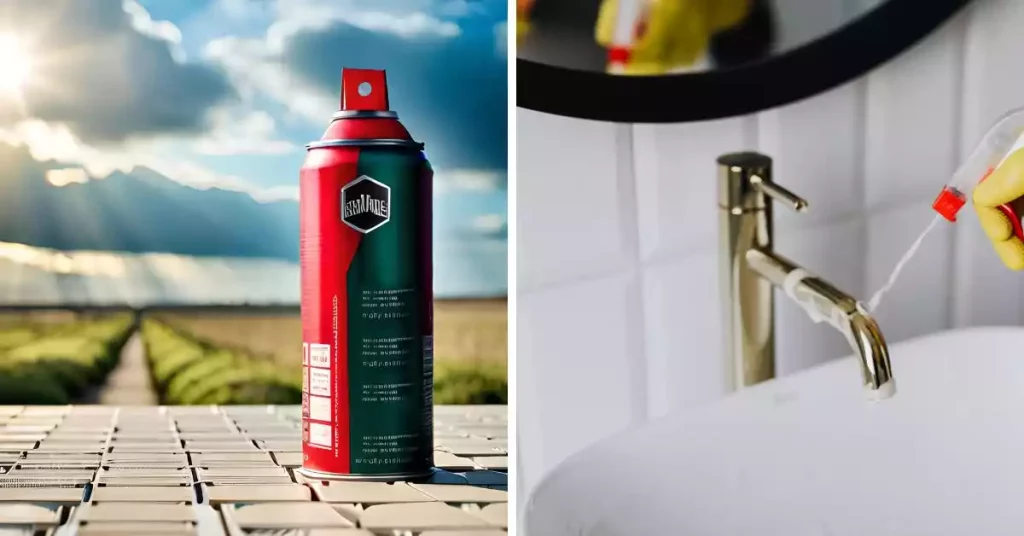
d) Temperature and Humidity
Keep an eye on the temperature and humidity levels. You’ll want to choose a day when the temperature is between 50°F and 90°F, and the humidity is below 85%. It will help ensure your spray paint goes smoothly and dries appropriately.
How to Prepare Metal Surface for Spray Paint
When it comes to preparing a metal surface for spray painting, there are a few key steps you’ll want to take to ensure the best possible results.
a) Cleaning the Surface
Before start painting, thoroughly clean the surface. Using a degreaser or a mixture of water and vinegar will help remove any dirt or grime that might be present. Once the surface is clean, rinse it thoroughly with water and let it dry completely.
b) Sanding the Surface
Next, you’ll want to sand the surface lightly using sandpaper. This will help create a rough surface for the spray paint to adhere to and will also help remove any loose rust or debris that may be present. After sanding, wipe the surface with a clean, dry cloth to remove any dust or debris.
c) Applying Primer
Once the surface is clean and sanded, it’s time to apply a primer. This will help the spray paint adhere to the metal surface and provide a smooth finish. A variety of primers are available specifically designed for use on metal surfaces, so be sure to choose one that’s appropriate for your project.
How to Spray Paint Metal Without Runs
If you’re looking to spray paint metal without any runs, there are a few things to keep in mind.
a) Choosing the Right Spray Paint
Choosing the right spray paint for the type of metal you’re working with is essential. Different types of spray paint are available, such as enamel, acrylic, and lacquer, and each can provide a different finish.
b) Applying Spray Paint
Once you’ve chosen the right spray paint, it’s time to start applying it to your metal surface. Before you begin, shake the can of spray paint for at least a minute to ensure that the paint is properly mixed.
Then, hold the can about 8-10 inches away from the surface and spray in a back-and-forth motion. It’s a good idea to test the paint on a small, inconspicuous area to ensure that it adheres correctly and that the color is what you’re looking for.
c) Applying Multiple Coats
After the first coat of spray paint has dried, you can apply additional coats. Wait for the paint to dry completely between each coat, and lightly sand the surface before applying the next coat. Applying multiple thin coats will give you a better finish and ensure the paint adheres well to the metal surface.
d) Curing and Drying the Spray Painted Metal
Once you’ve applied your final coat of spray paint, it’s time to let the metal surface dry completely. This can take up to 24 hours, depending on the humidity levels in your area. To make the paint more durable and resistant to chipping and peeling, you can cure the metal surface by heating it at a low temperature for 30-60 minutes.
e) Maintaining Spray Painted Metal
Finally, to maintain your spray-painted metal object, it’s important to clean it regularly with mild soap and water. Avoid using harsh chemicals or abrasive materials that could damage the paint. And if the surface does get scratched or chipped, you can touch it with spray paint to keep it looking good as new.
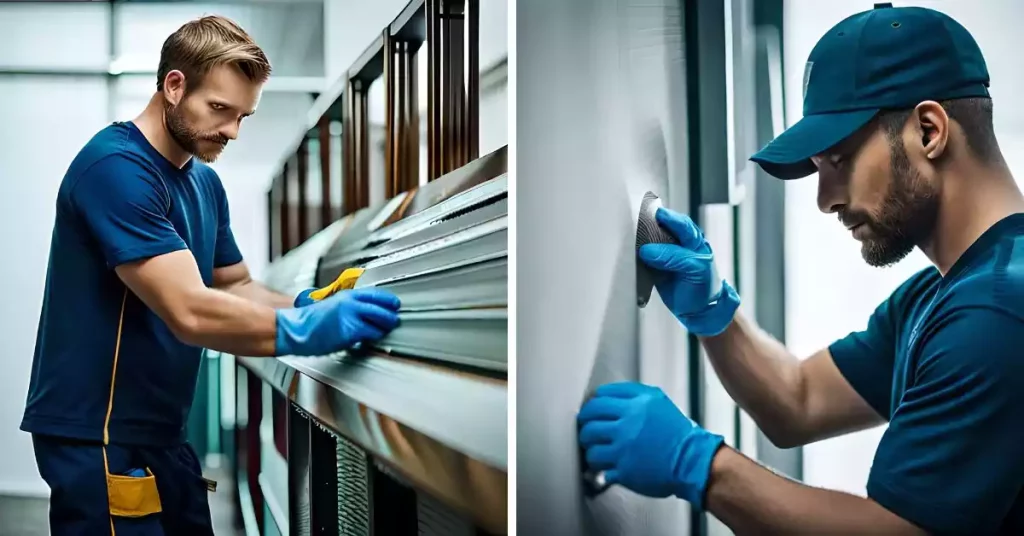
Tips to Master the Spray Paint Techniques on Metal
- Maintain consistency while using spray paint. Apply the paint from different angles and directions to get an even coating.
- Don’t spray paint from too close or too distant. Maintain 6 to 8 for priming and 10 to 12 inches for spray painting.
- Avoid spray painting continuously for too long. Otherwise, it will create hand fatigue issues. This will affect the outcome. Take enough breaks between paintings.
- Shake the paint can for a few seconds before painting on the tested surface. This will ensure a better outflow of spray paint.
Mistake To Avoid For More Durability
- Don’t apply spray paint on spotted metals. They should be spotlessly clean. This will ensure better paint adhesion.
- Avoid using any incompatible or cheap primers, and spray paint. Otherwise, the final result won’t be as good as you expected.
- Don’t work in a closed area while applying spray paint. This will prevent the color from drying naturally, affecting the overall durability of the paint.
- Don’t apply too thick coats. It may prevent you from achieving a smooth finish. The final result may appear uneven in various spots.
- When spraying paint, overspray can occur, resulting in wasted paint and a messy workspace. It is best to use a spray can handle so that you don’t experience this issue.
FAQ’s
Can I Use Spray Paint on Rusted Metal?
Yes, but you must clean the rusted metal surface properly and apply a primer before spray painting.
What Spray Paint Can I Use on Galvanized Metal?
One option you could consider is Rust-Oleum 249131 Universal All Surface Spray Paint. This versatile paint can be used on a wide range of surfaces, including galvanized metal.
Do I Need to Prime the Metal Before Spray Painting?
It’s recommended to prime the metal surface before spray painting to ensure better adhesion and a smoother finish.
Can I Use Spray Paint on Outdoor Metal Surfaces?
Yes, but it’s essential to use spray paint that is specifically designed for outdoor use and provides rust and corrosion protection.
Conclusion
You can use spray paint on metal, but you must consider several factors before starting the process. The type of metal, condition of the metal surface, type of spray paint, and temperature and humidity are important factors to consider. Preparing the metal surface properly and choosing the right spray paint will give you a beautiful finish that will last for years.

Even though I have 10+ years of experience in the painting business, I am always trying to learn the latest coloring methods. I have been into colors since my teenage days. I spent a lot of time experimenting with new painting methods on multiple surfaces. Now, I want to spread my knowledge through my blogs and articles.

